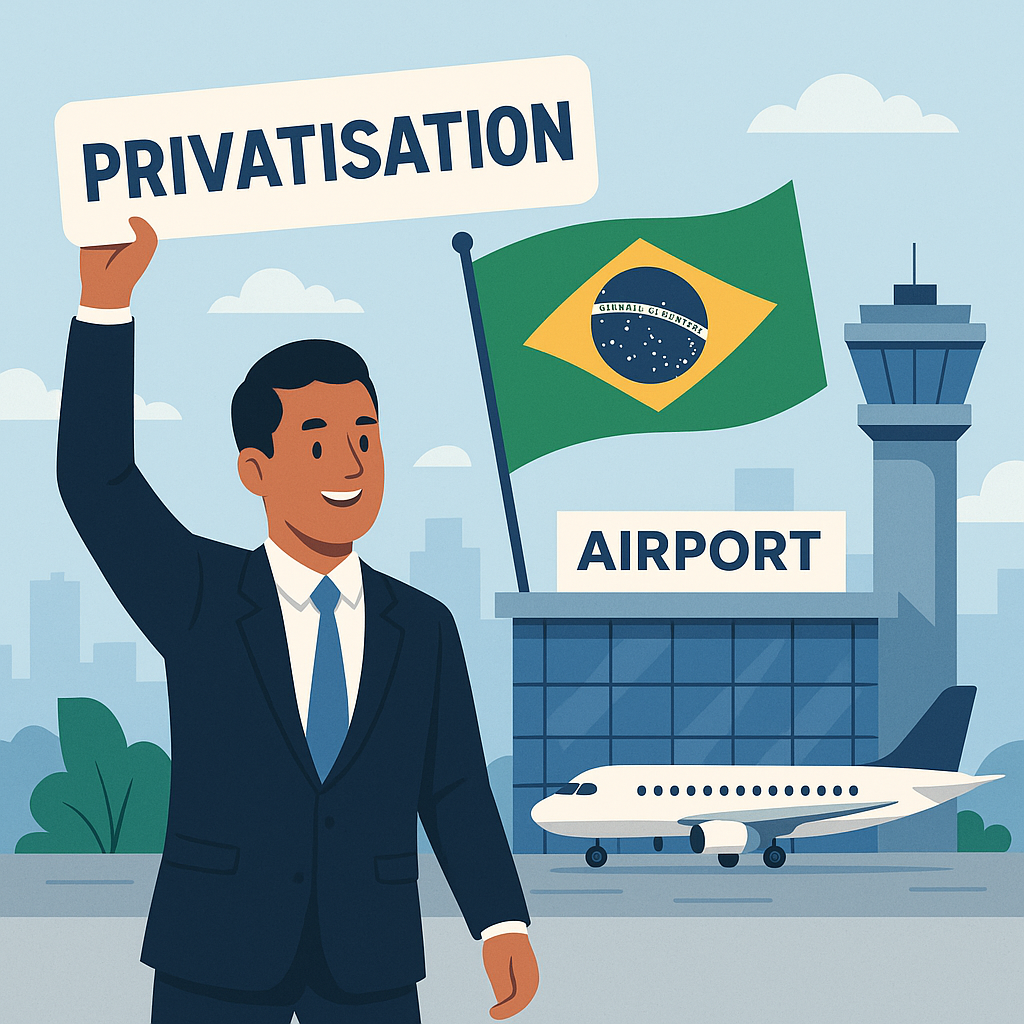Syllabus Edition
First teaching 2025
First exams 2027
Supply-Side Policy Measures (Cambridge (CIE) IGCSE Economics): Revision Note
Exam code: 0455 & 0987
Understanding supply-side policies
Supply-side policies aim to increase the total supply (productive potential) of the economy
This is achieved by increasing the quality or quantity of the factors of production
It can be represented by an outward shift of the productive possibility curve

Strategies used to increase total supply include
Education and training
Labour market reforms
Lower direct taxes
Deregulation
Improving incentives to work and invest
Privatisation
Supply-side policy measures
1. Education and training
This involves improving the quality of labour by increasing skills and knowledge
Makes workers more adaptable to technological change and new industries
Can reduce structural unemployment by helping workers move between sectors
Includes vocational training, apprenticeships, and higher education support
Public investment in teacher training and educational facilities improves long-term outcomes and encourages innovation and entrepreneurship through better problem-solving skills
Case Study
Singapore’s SkillsFuture Programme
Context
By the mid-2010s, Singapore faced a challenge: its economy was highly developed but risked losing competitiveness if workers’ skills did not keep up with technological change. Productivity growth was slowing, and there was a need to prepare the workforce for advanced manufacturing, digital industries, and innovation

Action taken
In 2015, the Singapore government launched SkillsFuture, a nationwide programme providing every adult citizen with credits to spend on approved training courses
Courses ranged from IT coding and digital marketing to advanced engineering and finance
Employers were also encouraged to offer training through subsidies and tax incentives
Outcome
The programme improved workforce adaptability, reduced skills shortages in high-demand industries, and helped workers transition into better-paying roles
By investing in human capital, Singapore increased its long-run productive capacity and maintained high growth without fuelling inflation
2. Infrastructure spending
This refers to investment in transport, communications, energy and utilities
This improves efficiency by reducing travel times and logistical costs, promoting economic growth
This includes digital infrastructure such as broadband expansion to support the modern economy
This spending provides short-term job creation in construction and related industries, while also supporting international trade by improving port facilities and transport links
Case Study
India’s National Infrastructure Pipeline
Context
In the early 2020s, India faced persistent infrastructure gaps—poor road quality, insufficient power availability, and underdeveloped transport networks were constraining both domestic production and foreign investment.
Action taken
In 2021, the Indian government launched the National Infrastructure Pipeline (NIP)—a strategic plan to invest around ₹111 lakh crore (~US $1.5 trillion) over five years.
It targeted sectors like transport, energy, urban development and healthcare
The plan also aimed to attract private investment through Public-Private Partnerships (PPPs) and streamlined approval processes
Outcome
Transport travel times and logistics costs decreased, boosting efficiency across state borders
New energy projects improved power reliability, reducing production delays for businesses
The infrastructure boost attracted international investors, increasing foreign capital inflow
Short-term job creation surged, particularly in construction, engineering and project management
Overall, India’s productive capacity expanded, supporting long-term economic growth without triggering inflation
3. Labour market reforms
This refers to changes designed to make the labour market more flexible and efficient
It may involve reducing employment protection legislation to make hiring and firing easier
Encourages part-time and temporary contracts to meet employer needs
Supports mobility of labour by recognising qualifications across regions or countries
Can include policies to increase female participation in the workforce
These policies often reduce unemployment benefits to encourage job-seeking
4. Lower direct taxes
Reducing income tax increases workers’ disposable income, encouraging them to work more
Lower corporation tax increases retained profits for firms, boosting investment
This can attract foreign direct investment (FDI) if taxes are internationally competitive
Encourages entrepreneurship as more profit can be kept by business owners
5. Deregulation
This refers to reducing or removing rules and laws that restrict business activity
It aims to lower costs for firms and reduce barriers to entry
Can encourage innovation and competition in previously protected markets
Examples include simplifying licensing requirements and reducing paperwork
Makes markets more dynamic and responsive to consumer needs
6. Improving incentives to work and invest
This involves policies that make work more rewarding than unemployment
It may include reducing benefit payments as earnings rise
Investment incentives can include tax credits for research and development (R&D)
They encourages risk-taking and business expansion
7. Privatisation
This refers to the the sale of state-owned enterprises to the private sector
It encourages efficiency through competition and profit motivation
It is often accompanied by deregulation to allow new firms to enter the market
Privatisation can also raise government revenue from the sale of assets
Case Study
Brazil’s Airport Privatisations
Context
State-owned airport management in Brazil struggled with inefficiency and underinvestment. Many regional airports lacked modern facilities and were poorly connected, limiting tourism and business travel

Action taken
Between 2021 and 2022, Brazil moved to privatise a group of airports by granting long-term concessions to private operators
The government maintained regulatory oversight while allowing specialists to manage, expand and modernise airport infrastructure and services
Outcome
Airport facilities were rapidly upgraded: terminals modernised, runways extended and passenger services improved
Air traffic increased, especially at regional airports, enhancing connectivity for tourism and trade
Travel costs dropped for businesses and consumers due to more competitive operations
The arrangement raised government revenue, which was reinvested in public services
Examiner Tips and Tricks
There are some policy measures which may be a fiscal policy or a supply-side measure; e.g., building new schools requires immediate government spending (fiscal policy) but results in a greater supply of educational institutions in the economy (supply-side).
In deciding which it is in any particular question, decide whether the government is using it with the intention of increasing total demand or total supply.

Unlock more, it's free!
Did this page help you?